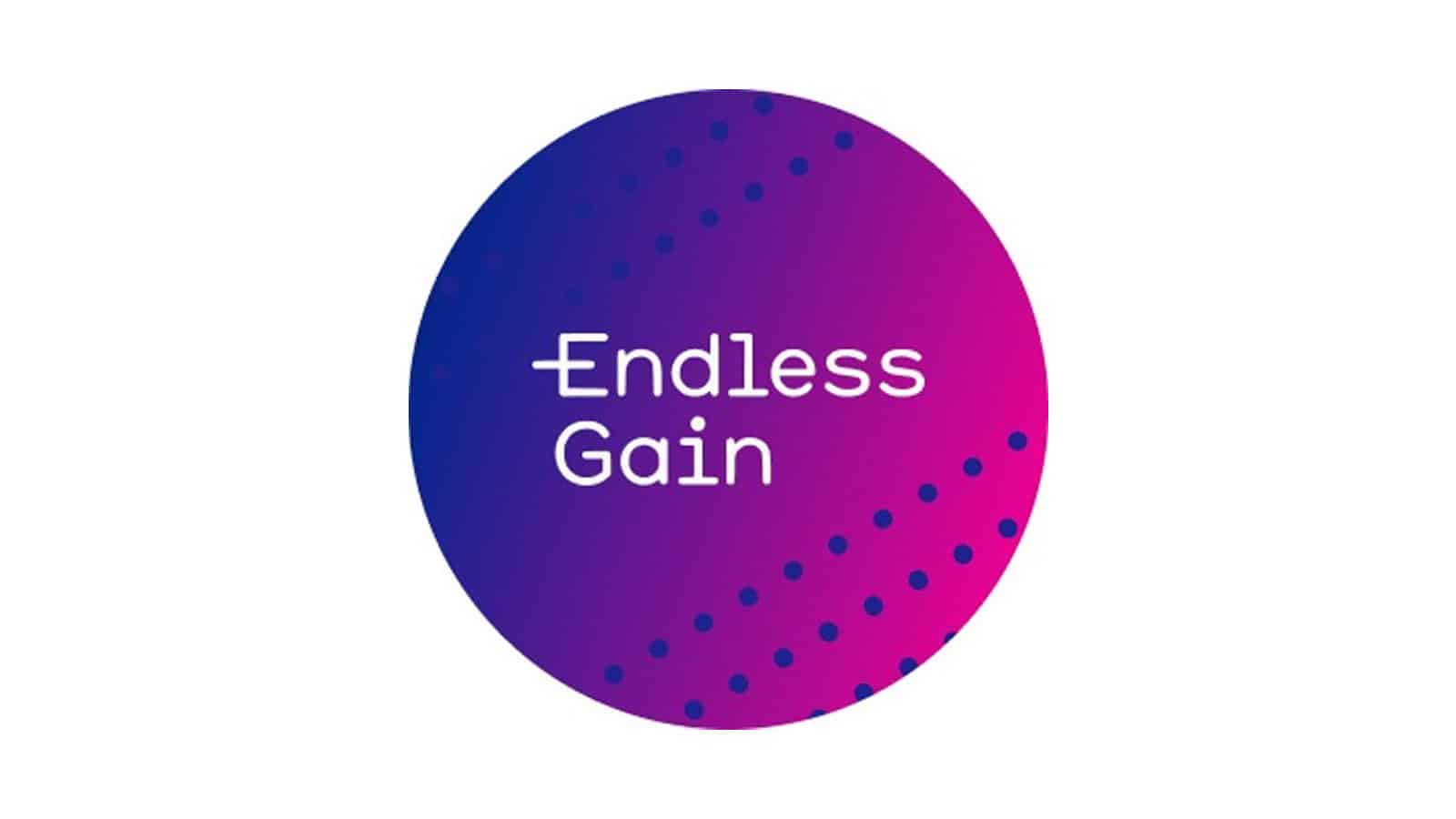Understanding Procrastination's Impact on Conversions
Abi Hough explores how procrastination, influenced by brain structures like the amygdala and the dorsal anterior cingulate cortex (dACC), affects online consumer behavior and conversion rates.

Summary
Key Insights:
-
Action vs. State Orientation: Individuals are categorized based on their ability to initiate actions. “Action-oriented” individuals efficiently execute intentions, while “state-oriented” individuals struggle due to emotional and self-control challenges.
-
Role of the Amygdala: The amygdala processes emotions and motivations, particularly fear. A larger amygdala may lead to over-evaluation of potential negative outcomes, causing hesitation and procrastination.
-
Function of the dACC: The dACC evaluates distress associated with errors and helps in decision-making by filtering out distractions. Weak connectivity between the amygdala and dACC can result in emotional decision-making and procrastination.
-
Types of Procrastinators:
-
Thrill Seekers: Delay tasks for the adrenaline rush.
-
Avoiders: Fear failure or success, leading to inaction.
-
Indecisives: Fear making wrong decisions.
-
Perfectionists: Set unattainable standards, leading to task avoidance.
-
Overdoers: Overcommit, causing task paralysis.
-
Strategies to Mitigate Procrastination:
-
Positive Reinforcement: Provide encouragement and acknowledge progress to counteract fear-based hesitation.
-
Simplify Decision-Making: Reduce the number of choices to prevent decision paralysis.
-
Enhance Emotional Appeal: Use messaging that addresses and alleviates common fears or concerns.
-
Implement Behavioral Models: Apply frameworks like the Fogg Behavior Model to design interventions that promote action.
By understanding the psychological and neurological underpinnings of procrastination, businesses can design more effective strategies to encourage user engagement and improve conversion rates.

Recent Comments